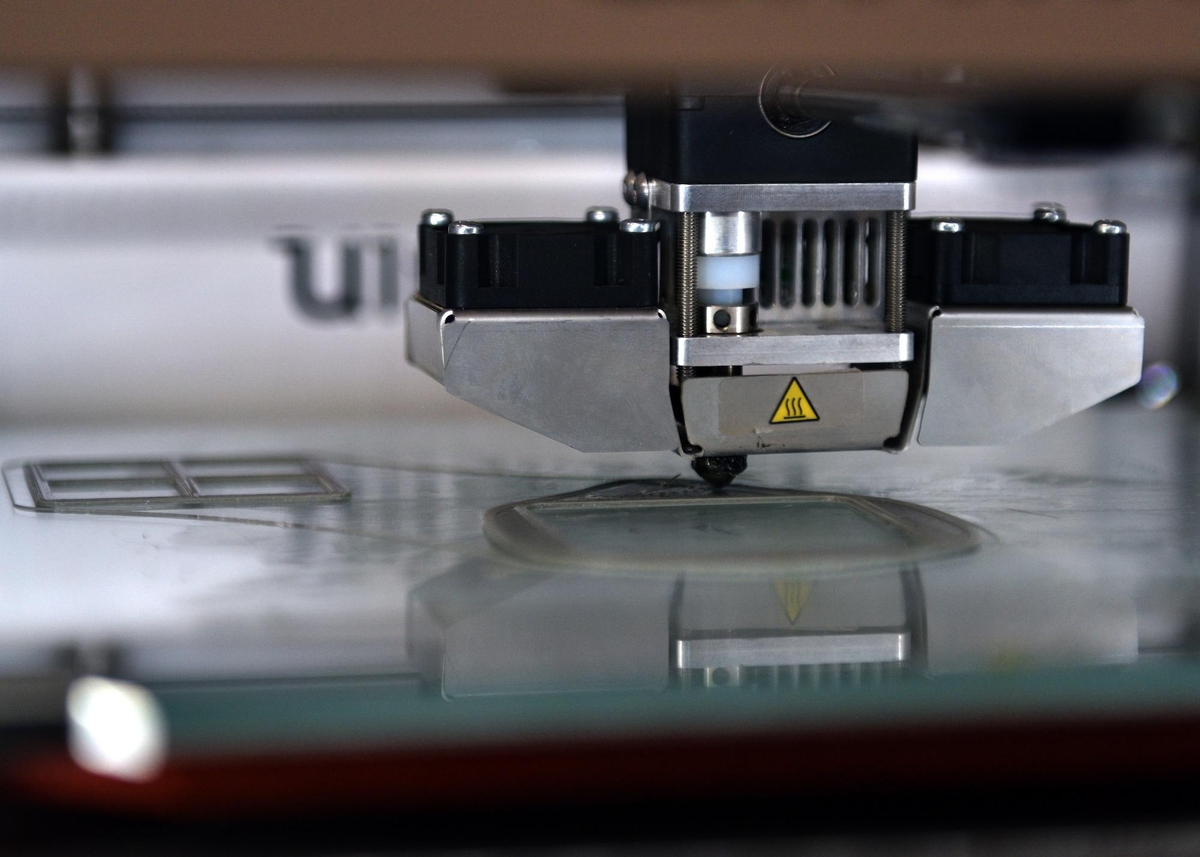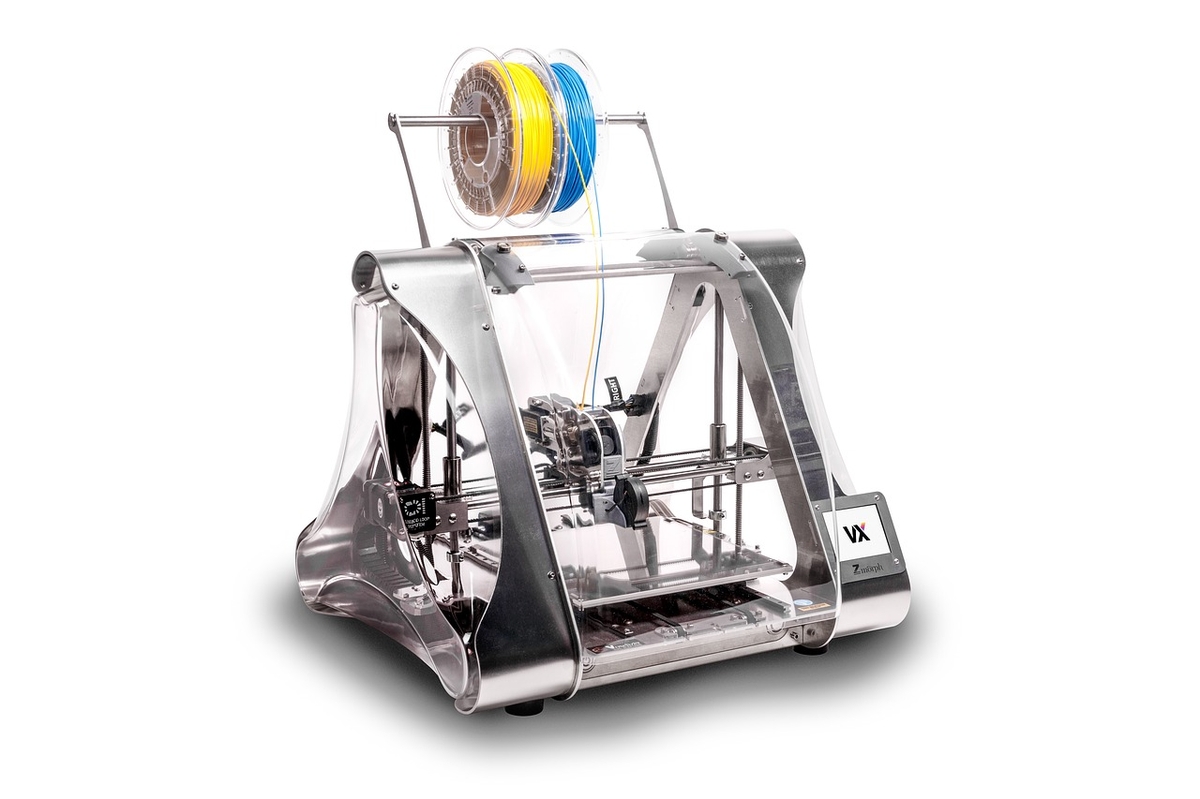Is it safe to 3d print in your room?
3D printing has been a buzzword for a while now, and with the advent of more affordable printers, it’s becoming increasingly popular. But with this new technology, many people are wondering whether it’s safe to 3D print in their rooms.
3D printing involves melting plastic filament and then layering it to create a three-dimensional object. While this process sounds simple enough, it raises several safety concerns. The fumes and particles generated during the process can have harmful effects on your health if not managed properly.
In this article, we’ll explore the safety considerations around 3D printing in a room, including the hazards and precautions to take. We’ll also discuss the best practices for setting up a safe and healthy 3D printing environment in your room. So, if you’re thinking of setting up a 3D printing station in your room, read on to find out everything you need to know to stay safe.

Is it safe to 3D print in your room?
The short answer to this question is that 3D printing can be done safely in your room, provided you take the right steps. To make sure your 3D printing space is safe and healthy, you need to think about ventilation, temperature control, and air quality.
Ventilation is essential for any type of 3D printing because the fumes and particles generated during the process can contaminate the air. Make sure you have an effective ventilation system in place to protect yourself and others in your home.
You’ll also need to consider temperature control as 3D printers generate a lot of heat during operation. A good rule of thumb is to keep the room temperature below 25°C (77°F) when printing, as this will help prevent any overheating issues. Lastly, you should also use a good quality air purifier to reduce the amount of particles in the air.
Is it safe to 3D print PLA indoors?
3D printing with PLA is becoming increasingly popular for its relatively low cost, ease of use, and good performance. However, when 3D printing indoors it is important to consider the safety implications of working with PLA materials as these fumes can be harmful if not properly ventilated or covered. This applies especially when using types of PLA which produce noxious gasses during the process of 3D printing.
The Ender 3 – a very popular 3D printer – recommends never operating it in an area without ventilation as the filament used will produce potentially harmful gasses. Different people can react differently to noxious fumes and while some may experience no side effects whatsoever, others may report adverse reactions such as headaches and sore throats. The best action here would be to always ensure proper ventilation and take regular breaks during lengthy prints in order to minimize unwanted exposure. Taking care while 3D printing indoors with PLA material is essential in order to ensure safety throughout the process.
Are 3D printing fumes dangerous?
The use of 3D printers is becoming increasingly popular among hobbyists, educators, and business owners. With their increased popularity, however, comes the question of whether or not the fumes produced by these printers are dangerous. 3D printer filaments melt as they are heated for printing and in doing so emit fumes. While most of these fumes usually have no smell, some can be very overpowering in small spaces with little ventilation.
As such, you should never operate a 3D printer in any area that has no ventilation like an unventilated room or closet. The fumes from these machines can become concentrated in areas with poor air flow and may be hazardous to your health if inhaled over long periods of time. However, if the space is properly ventilated then there is nothing to worry about as the fumes will get dispersed and have little to no effect on those around it. Therefore it is always wise to follow instructions found in your device’s owner manual regarding proper ventilation when using a 3D printer.
Where should you place your 3D printer in your home?
When deciding on where to place your 3D printer in your home, safety should be a priority. 3D printers generate a considerable amount of heat during operation, so it’s important to consider the risk of fire when positioning it in your room. Ideally, you should choose a room that has good ventilation and is away from flammable materials or objects. You also have to bear in mind that the noise generated by most 3D printers can get quite loud at times, so choosing an unused corner will help reduce potential disruption in the other parts of the house.
Furthermore, kids and pets should not be allowed access to 3D printers due to their exposed moving parts. As with any other technology device, remember to keep them away from water and direct sunlight as these two are usually destructive factors for electronic components. Finally, some 3D printers require additional peripheral components such as cooling systems and fans which should also be taken into account when picking out the ideal spot for your machine. Taking all these ideas into consideration will ensure that you have a safe and productive experience with your newly acquired toy!
Are 3D printer fumes harmful?
The use of a 3D printer can be hazardous to your health if not done correctly. The vapors from 3D printing are toxic and should always be used in a well-ventilated area, as these fumes could become concentrated in an unventilated environment with no fresh air. Furthermore, the smell that is released when using certain filaments can range from sweet to very strong and unpleasant. This chemical smell can cause headaches, nausea, dizziness and various physical reactions depending on the type of filament used and the user’s level of sensitivity.
Due to its potential health risks, it is important to use caution when using a 3D printer. While some people may be relatively unaffected by exposure to these fumes and odors, others may have more severe reactions or allergies. For this reason, good ventilation should always be practiced when utilizing a 3D printer to mitigate any harmful effects that occur due to prolonged exposure to the fumes. Additionally, protective goggles and masks should also be worn while in operation so as not to inhale any of the particles created during printing.
It is important to always follow the instructions provided in your 3D printer’s manual when setting up and operating it. Not only will these ensure that you get the best results out of your device, but they also provide important safety information such as how to properly ventilate the area where you are printing and what type of protective gear should be worn while doing so. Additionally, if you ever feel any adverse symptoms while using your 3D printer, you should stop immediately and move to an area with better ventilation. Following these steps will ensure that you have a safe and enjoyable experience with your new toy!
Are enclosed 3D printers safer?

Enclosed 3D printers are a great choice for safety in the workshop or home. These types of printers feature an external shell and tightly-sealed walls that work to contain any flammable material, heat generated by the printing process, and keep out stray objects. In the event that a piece of filament or object should become dislodged during printing, any chance at making contact with hazardous materials is eliminated thanks to the enclosed shell design. This reduces the risk of electrical shocks, fire hazards, and other potential threats.
In addition to ensuring safety in their everyday operation, enclosed 3D printers help promote cleanliness and reduce noise pollution as well. Most enclosures are made of sound-absorbing material that further mitigates any loud motor or extruder clicks while protecting against small particles which may interfere with your print job quality. The added boundary helps filter out unpleasant odors as well as eliminating drafts from affecting your prints so you don’t have to worry about quality deterioration over time from environmental factors.
With the right precautions, 3D printing can be a safe and enjoyable experience. Before you set up your 3D printer, take the time to properly assess the space you will use for it. If possible, choose an area with good ventilation, away from flammable objects, and in a place where you will not be disturbed by the noise of the machine. Additionally, keep your 3 D printer away from children and pets, as the moving parts could present a choking hazard in the wrong hands. Finally, if you are using an enclosed 3D printer, be sure to keep all flammable materials and objects out of reach so that they do not become exposed to heat or sparks during the printing process. By following these tips, you can rest assured that your 3D printing experience will be safe and successful.